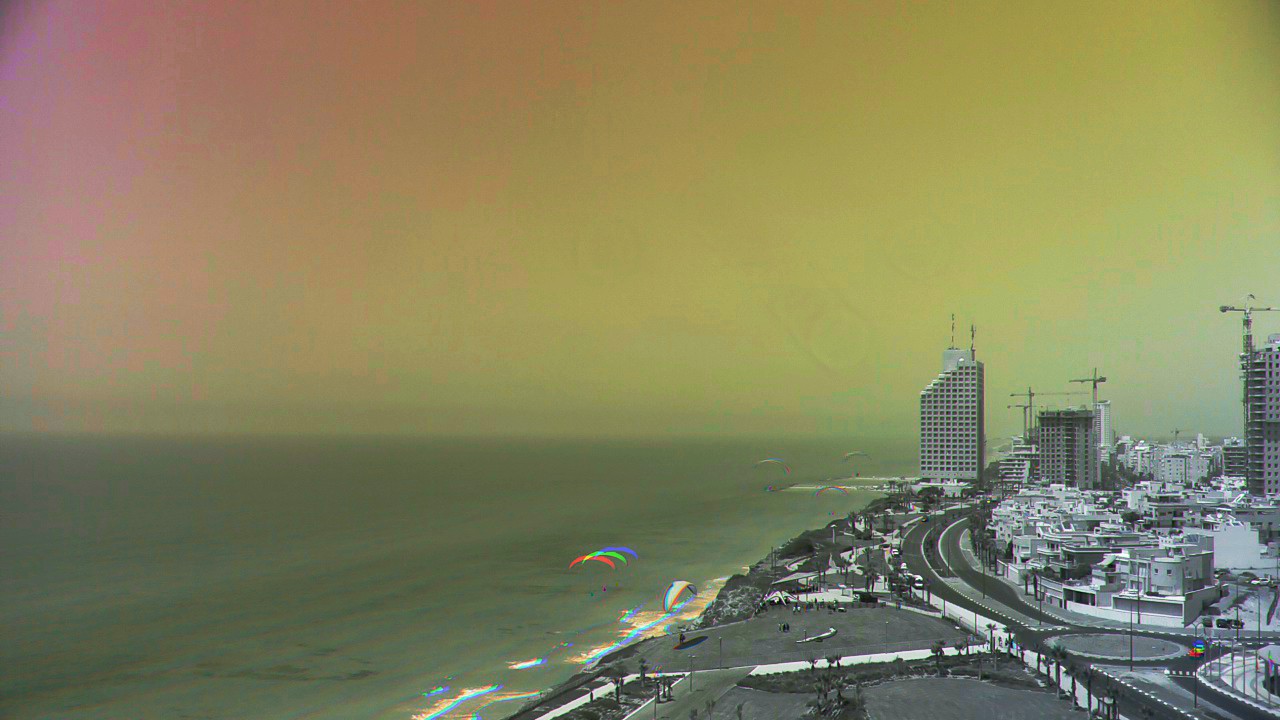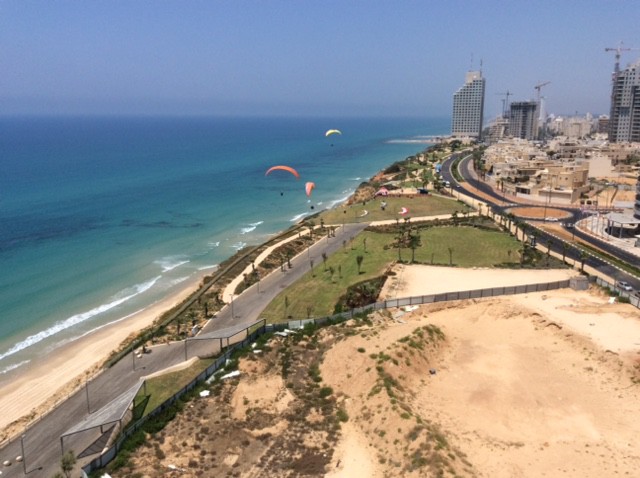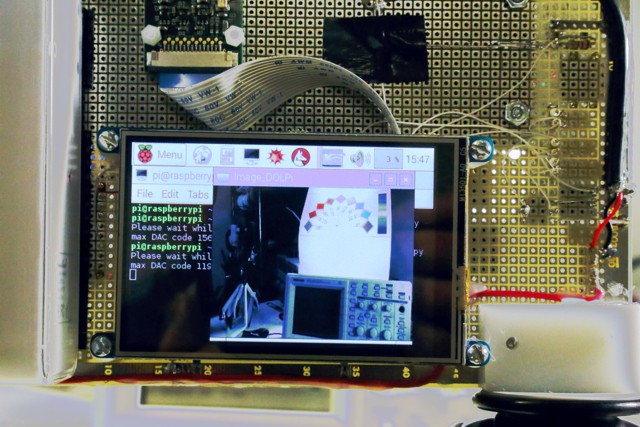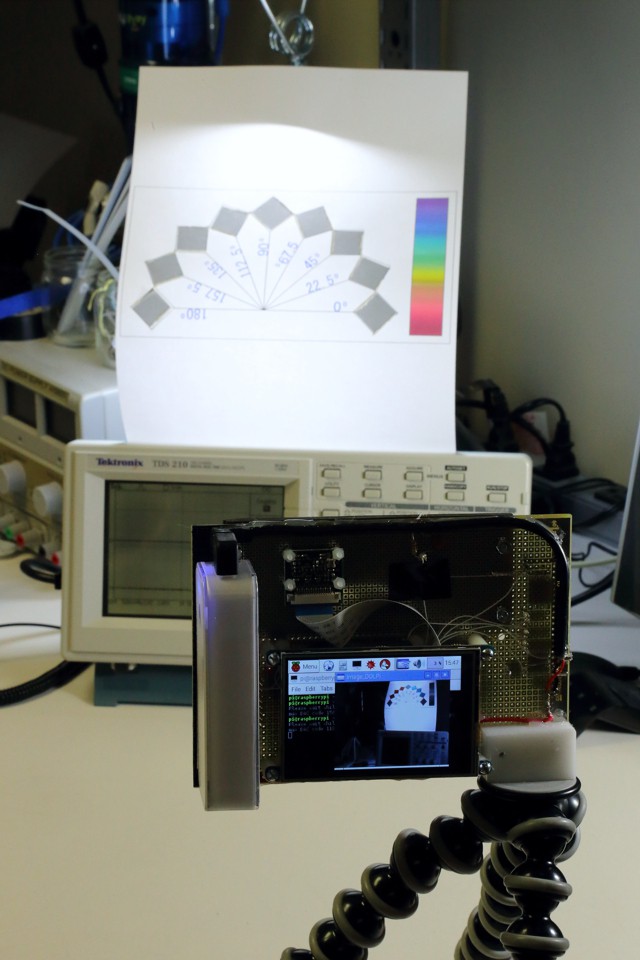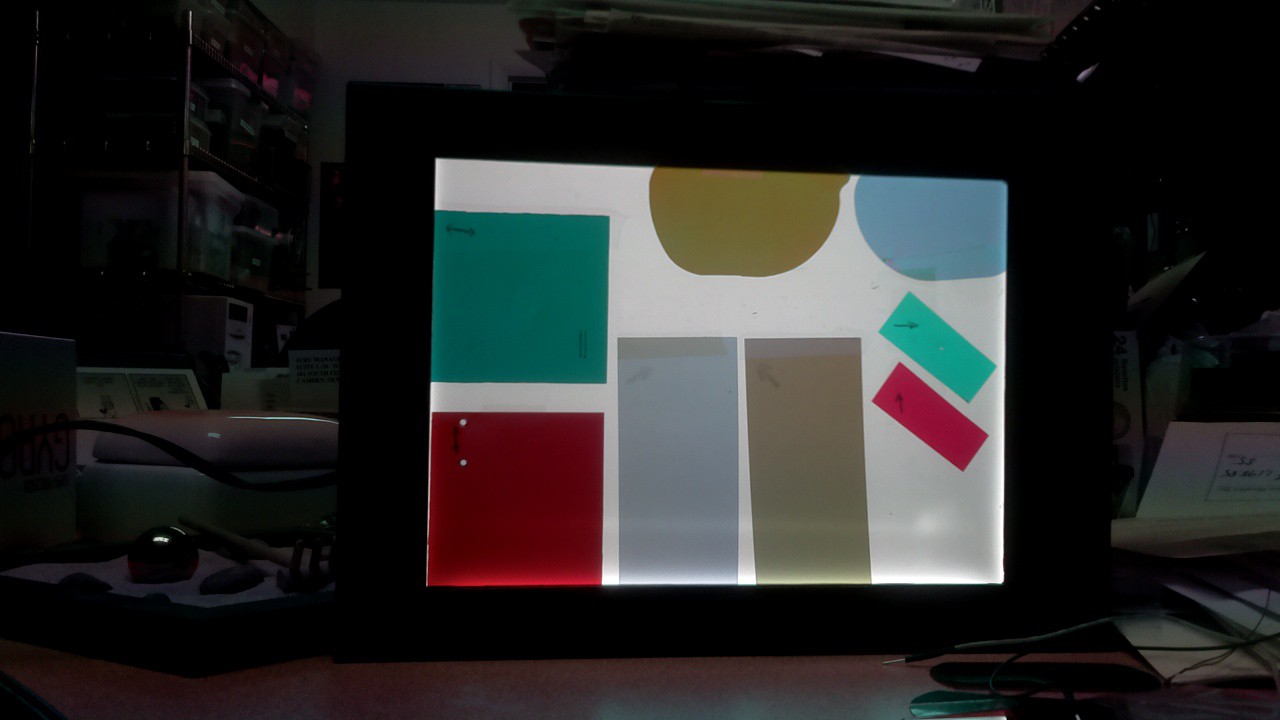-
DOLPi Python Code GitHub Repository Added
08/17/2015 at 16:03 • 0 commentsAdded latest Python code to GitHub: https://github.com/prutchi/DOLPi/
-
Initial Submission Video Posted to YouTube
08/07/2015 at 12:49 • 0 comments -
Software Licenses for DOLPi
08/01/2015 at 20:46 • 0 commentsI noticed that one of the 2015 HaD prize submission requirements is documentation of software licenses used in the project. Here they are:
I'm making DOLPi software available under MIT license #(MIT, opensource.org/licenses/MIT).
The following packages are used within DOLPI's Python code:
- picamera - © Dave Jones. Free use and distribution permitted under conditions stated at: http://picamera.readthedocs.org/en/latest/license.html
- cv2 - OpenCV is released under a BSD license and hence it’s free for both academic and commercial use.
- RPi.GPIO, time - Part of Raspbian. Free use and distribution, but a lawyer would be needed to decode the GPL and dozens of other licenses that cover all the packages of Debian (the Raspbian basis)
- numpy - © The Scipy community. Free for use and distribution permitted under conditions stated at: http://docs.scipy.org/doc/numpy/license.html
- - © John Hunter, Darren Dale, Eric Firing, Michael Droettboom and the matplotlib development team, Matplotlib only uses BSD compatible code, and its license is based on the license: http://matplotlib.org/1.3.0/users/license.html
- Adafruit_MCP4725 - © Adafruit Industries, BSD license: https://github.com/adafruit/Adafruit_MCP4725/blob/master/license.txt
- https://github.com/adafruit/Adafruit_ADS1X15/blob/master/license.txt
I used an Adafruit 3.5" PiTFT display in my DOLPi prototype. This display has its own drivers and utility programs that are made available for free by Adafruit under the MIT and other licenses.
I prototype some of my software under MATLAB® which is a commercial package available for purchase from The Mathworks (http://www.mathworks.com/products/matlab/). The MATLAB® polarization imaging code shown in Appendix I of the DOLPi white paper at http://www.diyphysics.com/wp-content/uploads/2015/07/DOLPi_Polarimetric_Camera_D_Prutchi_2015.pdf is free for both academic and commercial use.
-
The Mediterranean through DOLPI
07/30/2015 at 11:27 • 0 commentsLanded, checked into my hotel in Israel, and the first thing I did was to open the balcony to absorb the incredible beauty of the Mediterranean.
Very soon after that I shot a picture with DOLPi. I have the RasPi camera working in "single-shot" mode, so you can see that a moving paraglider shows up three times (lower center), each in a different primary color (same happens to a car driving on the roundabout on the lower right corner). Of primary interest is the fact that the reflection from the ocean is horizontally-polarized, and that there is a transition in sky polarization between the upper left corner and the rest of the background.
![]()
For reference, please compare to the visible image of the same scene:
I'll post more pictures (and maybe a video) in the next few days.
Cheers,
David
-
Some pictures just before heading for the airport
07/29/2015 at 19:43 • 0 commentsHere are two pictures that I took just before heading to the airport. I made a portable calibration target to take with me. It has 8 pieces of polarizer film arranged in steps of 22.5 degrees. No difference can be noticed between them if seen with the naked eye (or a Canon 6D)
However, DOLPi shows the squares encoded by their polarization. Note that the colorbar on the side turns into B&W, showing that DOLPi ignores color, and the color rendering is purely due to polarization
-
First DOLPi pictures out of the lab
07/29/2015 at 19:34 • 0 comments![]()
I'm at the airport, on my way to vacation with the family. I left behind my usual big lens (f2.8 70-200) and instead took DOLPi along. Here is a picture from the window at the airport. Sky is cloudy, so it doesn't make the best example, but so many followers have asked if the camera really works that I wanted to post a picture as soon as possible.
Remember that color here purely encodes polarization! The image is created by DOLPi from three monochrome (blue-channel) pictures, so there is no color information in the information used by DOLPi. The blue color of the tails is thus purely coincidental!
I intend to keep on posting polarization images until my status as a family member is in jeopardy for taking DOLPi along on vacation.
Cheers,
David
-
Real Image (no post-processing) taken with DOLPi
07/28/2015 at 23:54 • 0 comments![]()
This is a "preview" image taken directly with DOLPi without any post-processing. Only polarized light shows in color, non-polarized light (regardless of the object's real color) shows in B&W. This is the simplest RGB assignment of DOLPi's source images: The gray-scale image taken with the analyzer set horizontally is mapped to the green channel, with the analyzer in vertical polarization to the red channel, and with the analyzer at 45 degrees to the blue channel. The project's paper contains a detailed description of how to represent and interpret polarization images.
Now that I have DOLPi working as a stand-alone unit I'll take it out and start taking lots of pictures with it to see what interesting things happen in the world when you can see through polarization-sensitive vision!
Please remember to check out the complete paper on the project at: http://www.diyphysics.com/wp-content/uploads/2015/07/DOLPi_Polarimetric_Camera_D_Prutchi_2015.pdf
DOLPi - RasPi Polarization Camera
A polarimetric imager to locate landmines, detect invisible pollutants, identify cancerous tissues, and maybe even observe cloaked UFOs!
 David Prutchi
David Prutchi